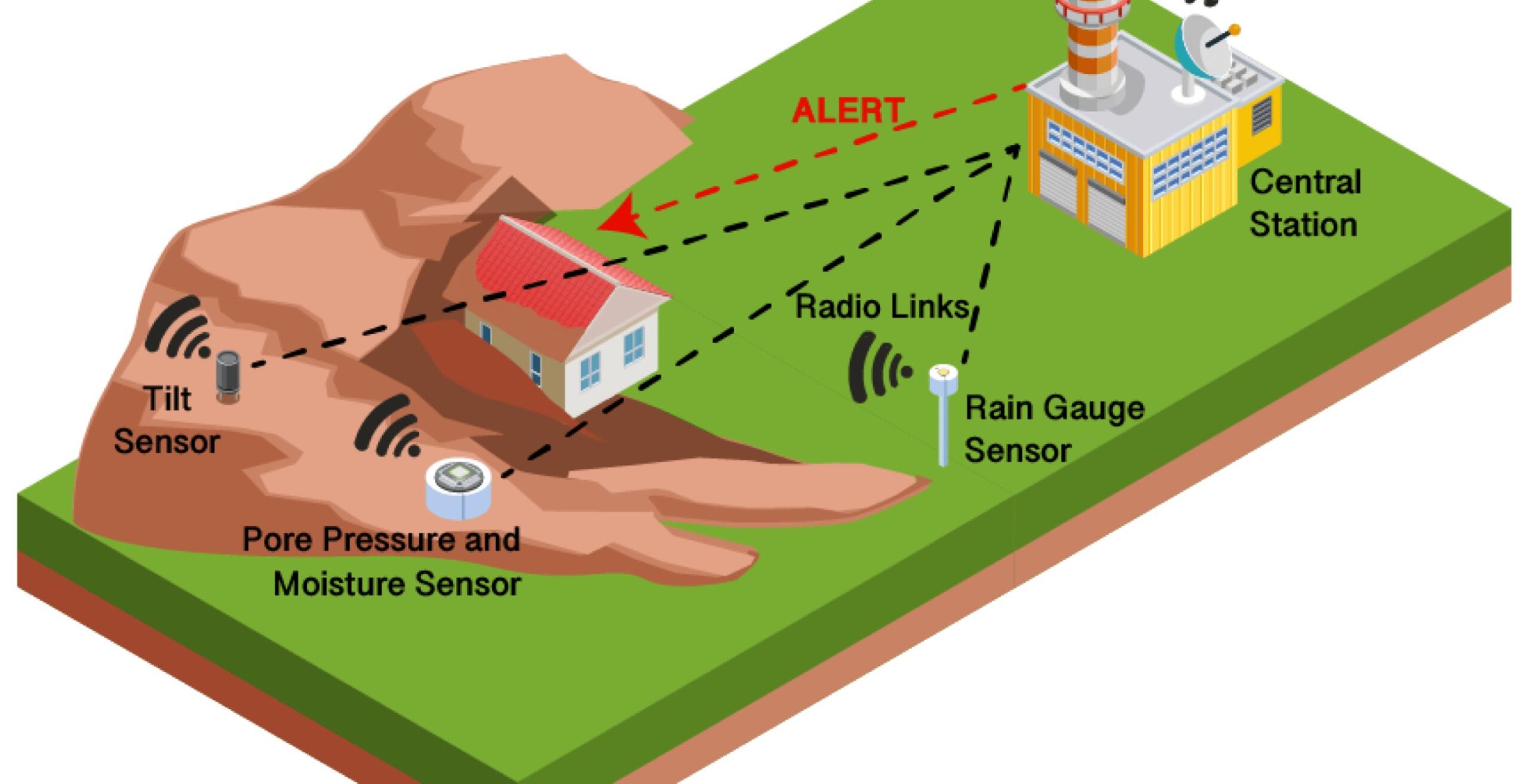
Tsunamis are among the most devastating natural disasters, capable of causing widespread destruction and loss of life within minutes. To mitigate the risks associated with these colossal waves, various tsunami warning systems (TWS) have been developed globally. These systems are designed to detect tsunamis in advance and issue timely warnings to coastal populations, allowing for evacuation and preparation. This article provides a comprehensive overview of tsunami warning systems, their components, functioning, and significance in disaster management.
Understanding Tsunamis
A tsunami is a series of ocean waves caused by large disturbances such as underwater earthquakes, volcanic eruptions, or landslides. Unlike regular ocean waves, tsunamis can travel across entire ocean basins at speeds exceeding 500 miles per hour (800 km/h) and may reach heights of over 100 feet (30 meters) when they hit coastal areas. The rapid onset of a tsunami means that effective warning systems are crucial for saving lives and minimizing damage.
Components of Tsunami Warning Systems
Tsunami warning systems consist of two primary components:
- Detection Systems: These include a network of sensors that monitor seismic activity and sea-level changes to detect potential tsunamis. Key elements include:
- Seismic Sensors: These devices detect earthquakes that may generate tsunamis. They measure ground motion and help determine the earthquake’s magnitude, location, and depth.
- Tide Gauges: Installed along coastlines, these gauges measure sea-level changes in real-time. They provide critical data on whether a tsunami wave has been generated.
- DART Buoys: Deep-ocean Assessment and Reporting of Tsunamis (DART) buoys are equipped with pressure sensors that can detect changes in water pressure caused by passing tsunami waves.
- Communication Infrastructure: Once a potential tsunami is detected, the information must be rapidly communicated to the public and emergency services. This involves:
- Alert Systems: Various communication methods are employed, including cell broadcasts, SMS alerts, radio announcements, and sirens to warn coastal populations.
- Emergency Operations Centers: These centers analyze incoming data from detection systems and coordinate the dissemination of warnings to local authorities.
Types of Tsunami Warning Systems
Tsunami warning systems can be categorized into two main types:
- International Warning Systems: These systems operate across national boundaries and are designed to provide warnings for regions that may be affected by tsunamis generated from distant earthquakes. The Pacific Tsunami Warning Center (PTWC) is one such example, monitoring seismic activity throughout the Pacific Ocean.
- Regional Warning Systems: These systems focus on local threats and provide immediate warnings based on nearby seismic events. They are capable of issuing alerts within minutes after an earthquake occurs. For example, the Indian Tsunami Early Warning System (ITEWS) is designed to protect the Indian coastline from potential tsunami threats.
How Tsunami Warnings Are Issued
The process of issuing a tsunami warning typically follows these steps:
- Earthquake Detection: When an earthquake occurs, seismic data is analyzed to determine if it has the potential to generate a tsunami. Earthquakes with a magnitude of 7.0 or higher are often considered significant enough to warrant further investigation.
- Assessment of Tsunami Generation Potential: If the earthquake meets specific criteria, scientists assess its potential to produce a tsunami by examining factors such as its depth and distance from the coast.
- Monitoring Sea-Level Changes: Following an earthquake alert, tide gauges and DART buoys monitor sea-level changes to confirm whether a tsunami has been generated.
- Issuing Warnings: If a tsunami is confirmed or likely, warnings are issued through various communication channels to alert affected populations. This may include evacuation orders for coastal areas expected to be impacted.
Challenges in Tsunami Warning Systems
Despite advancements in technology, several challenges persist in effectively managing tsunami warnings:
- False Alarms: Due to the nature of seismic activity, there can be instances where an earthquake does not produce a tsunami, leading to false alarms. While this helps ensure safety, it can also cause unnecessary panic and disruption.
- Rapid Response Requirement: Tsunamis can strike within minutes after an earthquake; therefore, timely detection and communication are critical. Delays in issuing warnings can lead to catastrophic consequences.
- Public Awareness and Preparedness: The effectiveness of warning systems relies heavily on public awareness and preparedness plans. Communities must be educated about evacuation routes and safety measures.
Global Examples of Tsunami Warning Systems
Several countries have established robust tsunami warning systems:
- Japan: Japan has one of the most advanced tsunami warning systems globally, employing extensive monitoring networks and public education programs that enable rapid evacuation following warnings.
- United States: The PTWC provides warnings for the Pacific region while regional centers like the West Coast/Alaska Tsunami Warning Center focus on local threats.
- India: The Indian Tsunami Early Warning System (ITEWS), managed by INCOIS (Indian National Centre for Ocean Information Services), monitors seismic activities in the Indian Ocean region and issues timely advisories for coastal communities.
Conclusion
Tsunami warning systems play an essential role in safeguarding lives and property along vulnerable coastlines worldwide. By combining advanced detection technologies with effective communication strategies, these systems aim to provide timely alerts that enable communities to respond swiftly during emergencies. Continuous improvements in technology, public education, and international cooperation will enhance the effectiveness of these vital safety mechanisms against one of nature’s most formidable threats—tsunamis.





